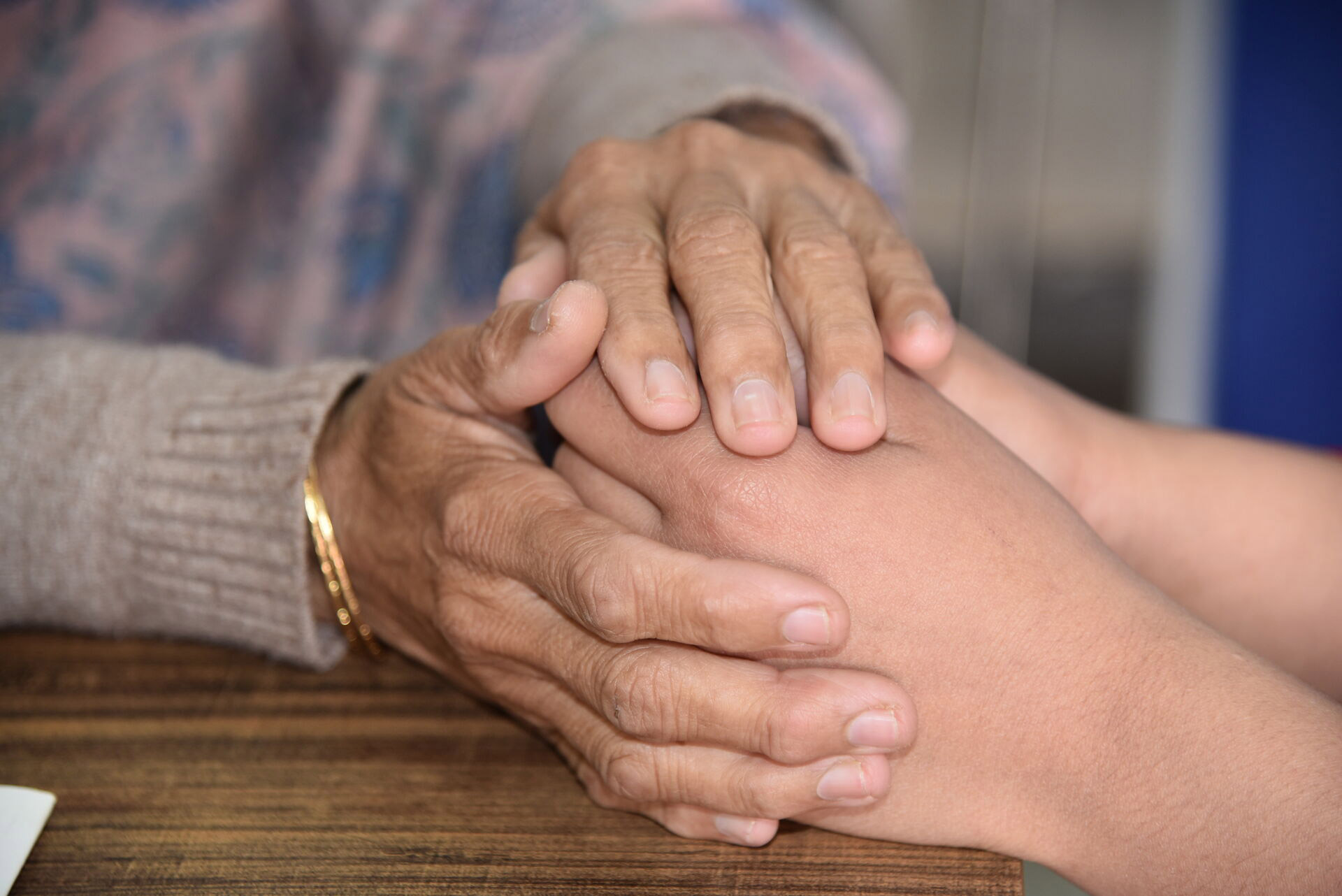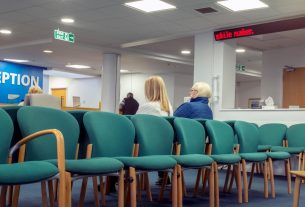9 September 2025, Cairo, Egypt – Each year, on 10 September, World Suicide Prevention Day (WSPD) – organized by the International Association for Suicide Prevention (IASP) and co-sponsored by WHO – focuses global attention on suicide prevention, uniting communities, organizations and governments with the shared belief that suicidal behaviour is a major public health problem, one that must be addressed through raising awareness and promoting open discourse on this taboo subject.
Changing the Narrative on Suicide, the triennial theme for WSPD 2024–2026, aims to do just that, to inspire individuals, communities, organizations and governments to engage in open and honest discourse about suicide and suicidal behaviour.
More than 720 000 people die from suicide every year. In 2021, suicide was the third leading cause of death among 15–29-year-olds, with 73% of suicides occurring in low- and middle-income countries. Since 2019, suicide rates in the Eastern Mediterranean Region have declined by 17%.
For each suicide, there are an estimated 20 suicide attempts. Each life lost has profound social, emotional and economic consequences, deeply affecting families, friends, workplaces and communities. The stigma surrounding suicide often prevents individuals from seeking help in a timely manner on one hand and hindering the development of evidence-based health and social care policies and services on the other.
Suicidal behaviour is influenced by a complex interplay of social, cultural, economic, biological, psychological and environmental factors. Mental health conditions, experiencing conflict, disaster, loss, discrimination, violence, abuse, relationship problems, chronic pain and illness and isolation are strongly associated with suicidal behaviors.
An effective national suicide prevention strategy therefore requires the full commitment of the government and support of society, guided by an evidence-based approach.
LIVE LIFE, WHO’s initiative for suicide prevention, recommends effective evidence-based interventions, including:
limiting access to the means of suicide (pesticides, firearms, certain medications);
responsible media reporting of suicide;
fostering socio-emotional life skills in adolescents; and
early identification, assessment and follow-up of anyone affected by suicidal behaviour.
To succeed, these interventions should be supported by situation analysis, multisectoral collaboration, awareness raising, capacity-building, financing, surveillance and monitoring and evaluation.
The urgent need to take action to prevent suicide is increasingly being recognized and prioritized at the highest levels. Changing the narrative on suicide can help by creating safe spaces to openly talk about promotion and protection of mental health and prioritizing suicide prevention as a public health issue.
Related information and resources:
Alcohol, drugs and addictive behaviours
Data: Suicide rates (per 100 000 population)
LIVE LIFE initiative for suicide prevention
Mental health and psychological support (resources)
mhGAP Intervention Guide (mhGAP-IG) Version 2.0
Police, firefighters and other first line responders
Preventing suicide: a resource for media professionals
Strengthening suicide prevention in the Region: WHO launches media monitoring tool



